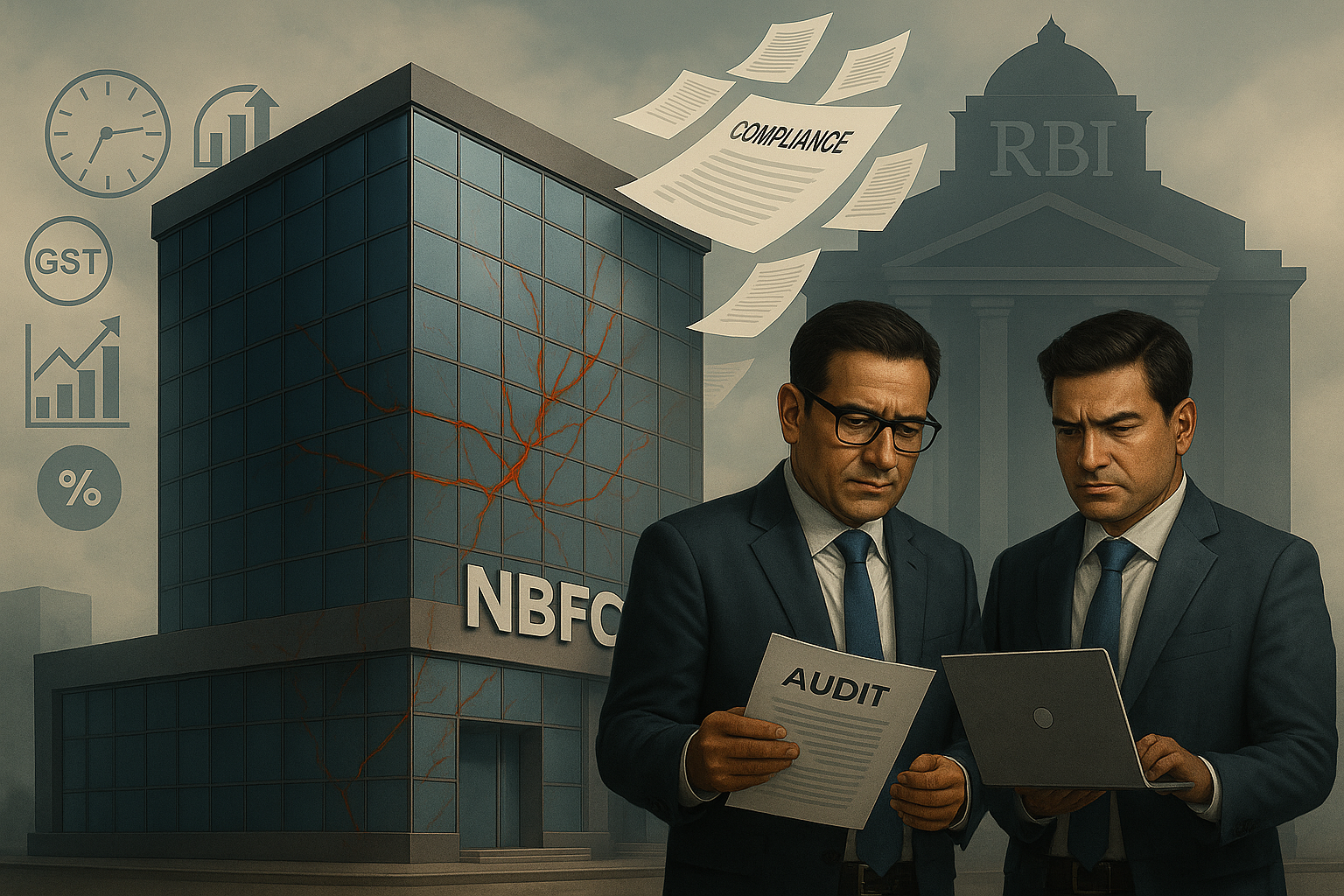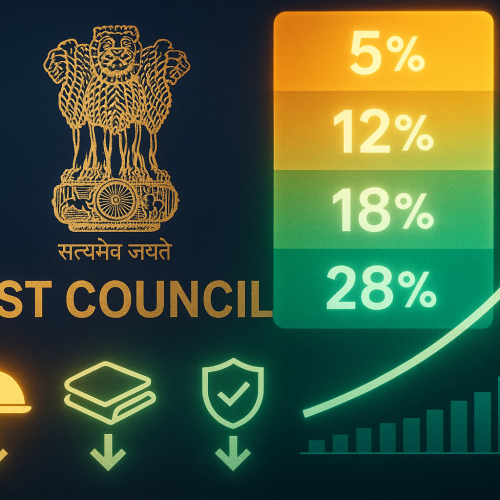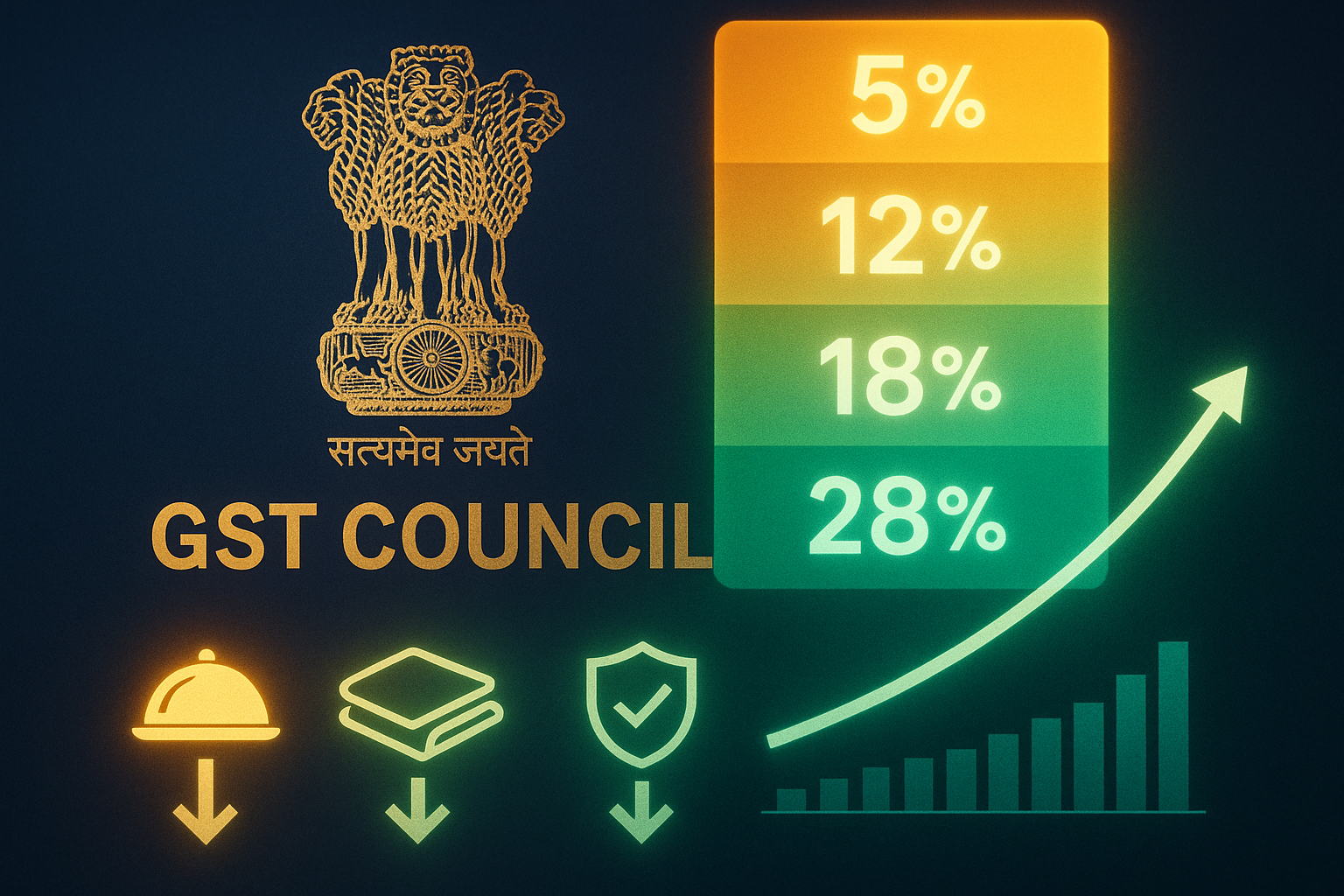New Delhi, July 14, 2025
As India’s financial sector heads toward a massive regulatory overhaul by FY26, non-banking financial companies (NBFCs) are already feeling the heat. From stricter audits to sharper tax scrutiny, the pressure is mounting on these firms to clean up their books and tighten the way they operate.
Two experienced chartered accountants, CA Manish Mishra and CA Manoj Kumar Singh, who lead the specialist platform BFSI Diary, have flagged troubling gaps. According to them, many small and mid-sized NBFCs simply aren’t prepared for what lies ahead.
The Compliance Bar Is Rising — Fast
With the RBI’s scale-based regulatory framework tightening, recent amendments to the Companies Act demanding stronger audit trails, and new income recognition rules taking hold, NBFCs now operate in what can only be described as a high-compliance environment.
However, many of the smaller players, especially those with an AUM under ₹500 crore, still lack a strong financial backbone. They’re missing robust structuring and proper CFO-driven oversight.
CA Manish Mishra, Founder of BFSI Diary, says,
“We’re seeing all sorts of audit flags — from how provisioning is recorded to handling co-lending cash flows and reporting off-balance-sheet items. This casual approach isn’t going to pass scrutiny anymore.”
He points out that while the top-tier NBFCs have buffers in place and have invested in automation, mid- and lower-tier firms are at real risk of compliance defaults, tax mismatches, and loosely governed lending practices.
Indirect Tax and Cross-Entity Transactions: The Hidden Risks
According to CA Manoj Kumar Singh, Chief Editor at BFSI Diary, indirect tax errors are emerging as a silent but significant threat.
From GST input credits not being mapped properly, to issues around how cross-entity interest income is recognised, these gaps are increasingly surfacing during quarterly audits.
“We’re seeing NBFCs — especially those working with DSA networks or fintech partners — misreporting revenue and inter-company charges. As e-invoicing gets extended to more slabs, these mistakes will almost certainly lead to regulatory notices,” he warns.
What NBFCs Need to Fix — Before It’s Too Late
As FY26 approaches, regulators will expect NBFCs to demonstrate clear, board-approved governance and rigorous documentation. Some of the key areas that need immediate attention include:
Formal lending policies and risk appetite frameworks approved by the board
Segment-wise financial disclosures with clear, differentiated provisioning
Group-level cash flow visibility, particularly where NBFCs are tied to fintech ecosystems
Audit trails that are forensic-ready, especially for key lending and recovery decisions
Both experts strongly recommend bringing in CA-led finance leadership and accelerating tech adoption, especially for firms deeply involved in co-lending, embedded finance, or unsecured personal lending.
Investors and Auditors Are Already Tightening the Screws
There’s also increasing pressure from investors and audit firms. CA Manish Mishra notes that term sheets now often include tough clauses on audit trail transparency, monthly MIS reporting, and exposure ceilings by segment.
“It’s not just about penalties anymore. If you don’t comply, you risk losing investor trust and could find it difficult to raise new capital or even maintain existing credit lines,” he emphasizes.
Bottom Line — The Clock Is Ticking
Both Mishra and Singh agree that the next 12 to 18 months will be critical for many NBFCs.
“What worked five years ago simply won’t cut it now. Structuring, reporting, and governance all have to shift from being reactive to truly real-time,” they conclude.
Disclaimer
The opinions shared here are solely for general informational purposes. Please consult qualified financial and tax professionals before making any decisions.












